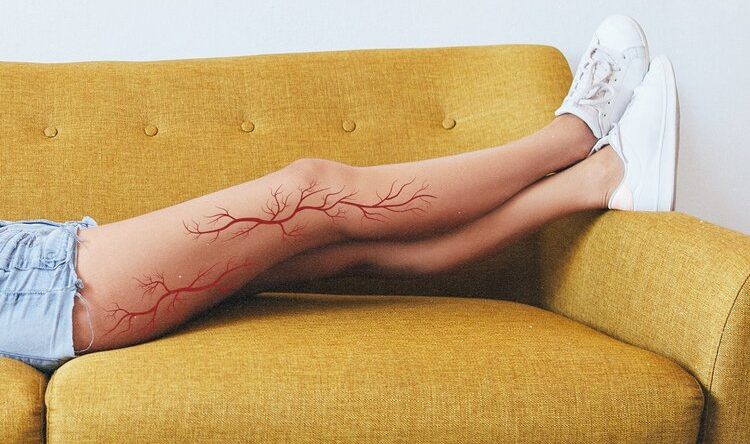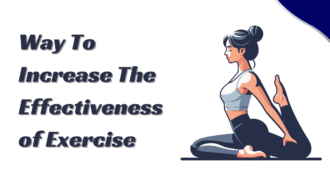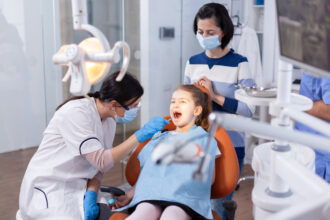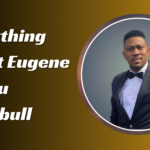What to Know About Varicose Veins
It can be frightening to suddenly develop varicose veins. However, understanding is the best way to dispel fear, and varicose veins need not be frightening once you understand what they are.
What to Know About Varicose Veins?
What Are Varicose Veins?
Varicose veins are bloated and enlarged veins where blood has begun to pool due to a damaged or weakened valve in your veins. They are generally found on your legs, although they can occur in other locations around the body too. These veins are generally swollen and often change color to blue or purple. On top of that, they are generally bumpy and twisted due to the excess of blood pooling within them.
What Causes Them? There are many potential causes for the valve damage which will lead to varicose veins. One possible issue that may cause this damage is particularly high pressure on the valve. This could be a result of obesity or simply high blood pressure, which itself has caused overconsumption of salt or cholesterol, among other things. Gender also plays a role in the development of varicose veins. Female hormones have a tendency to relax the walls of veins, which unfortunately means that women are more likely to develop the condition than men.
Symptoms of Varicose Veins
There are several symptoms that you might experience should you develop varicose veins. These include an ache or heavy feeling in your legs, burning, throbbing, cramping, and swelling in your legs, pain after standing for an extended period, and itching or skin discoloration around your veins. While these symptoms can be unpleasant, there are fortunately ways that you can make them better.
How to Minimize Your Symptoms:
There are several self-care techniques that you can employ in order to reduce the symptoms of varicose veins and improve your own comfort. An effective way to help reduce the symptoms of varicose veins is to boost your circulation. This will help the blood to flow through your vein and can be done in a few ways. Wearing compression stockings or massaging around the affected area (without massaging the easily damaged vein) is a good way to boost circulation around the affected area specifically, while low-impact exercise is a great option for boosting your circulation more generally.
Getting Your Varicose Veins Seen to
The damage done to your veins can be treated and potentially entirely reversed, allowing your varicose veins to be completely removed. However, it is best not to assume too much about how your treatment will go before meeting with someone to discuss your options.
Where Can You Get Them Treated?
Your doctor is always a good option when it comes to getting your varicose veins properly treated. However, there are more options for varicose veins treatment. Private treatment through companies such as Vitality Vein Care is a great way to get your varicose veins seen and treated.
When Should You Get Them Treated?
Often, you won’t need to get your varicose veins looked at at all, especially if they do not cause you any pain or discomfort. However, if they start causing you discomfort, you feel concerned about how they feel or look, or if they begin interrupting your sleep regularly, then it is a good idea to have them looked at by a doctor.

















